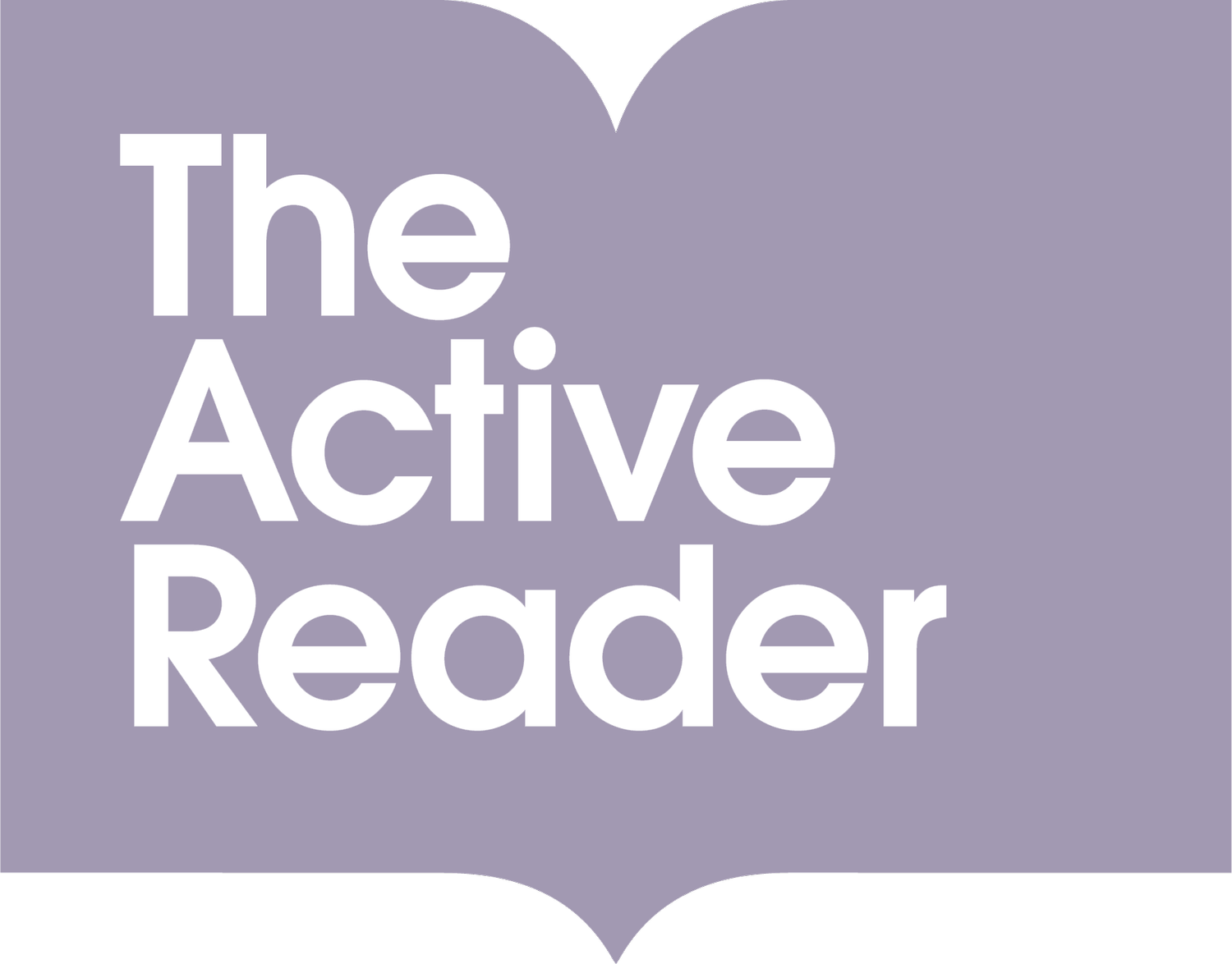Why direct and explicit instruction is one of the most effective ways to teach early reading skills
Direct and Explicit Instruction
Our Active Reader literacy experts believe that direct and explicit instruction is one of the most effective ways to teach early reading skills. And the research backs us!
Direct instruction in early reading involves the explicit teaching of phonics and phonemic awareness skills.
There are several benefits to using direct instruction for teaching reading:
It is structured: Kids love routine and consistency – the structured nature of a direct teaching method makes learning predictable and easy to follow. It also moves from basic skills to more complex ones.
It is explicit: Instructions are clearly explained in easy steps and skills are modelled so that the child has a good understanding of what is expected of them.
It is interactive: Direct instruction involves a lot of back and forth between the instructor and the leaner. Ask questions, elicit responses, model. All these things will help keep a child engaged and excited about learning.
It is efficient: Direct instruction is a time-efficient way to teach reading skills, as it allows instructors to cover a lot of skills in a short amount of time.
It is effective: Research has shown that direct instruction is one of the most effective ways to teach early reading skills.
Direct and explicit instruction for teaching early reading is one of the most powerful tools a parent can use to support their child on their reading journey. Whether it be our social media channels, webinars, or 1-to-1 parent sessions, we are continuously finding new ways to equip parents with the knowledge and confidence to set their children up for life-long success in the classroom and beyond.

